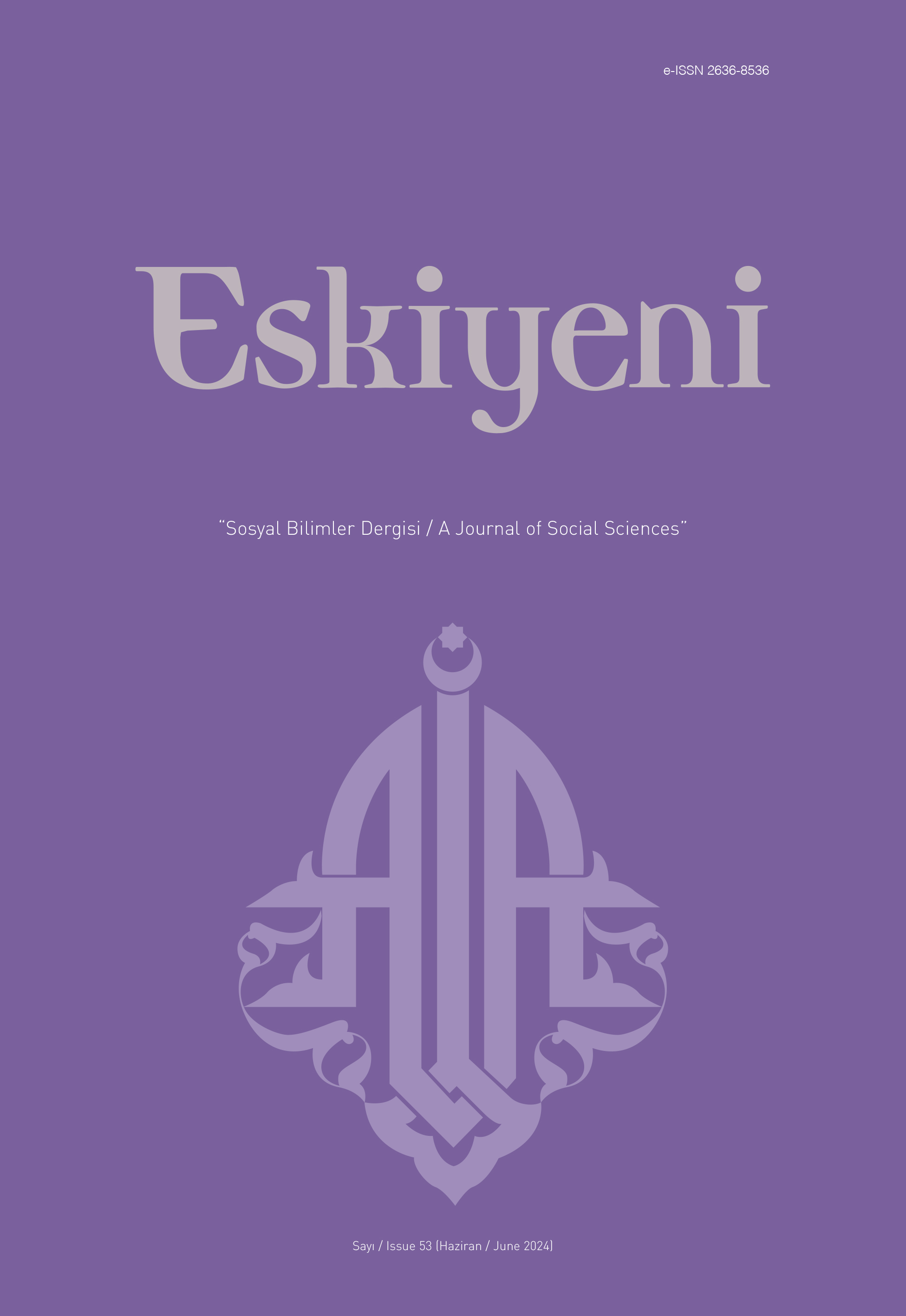Yunus Emre Divanı’nda Yedi Kapı Sembolizmi
Seven Gates Symbolism in Yunus Emre’s Dīwān
Author(s): Suzan OrçanSubject(s): Literary Texts, Theology and Religion
Published by: Anadolu İlahiyat Akademisi
Keywords: Mysticism; Yunus Emre; Seven Gates; Symbolism; Spiritual Ascension; al‑Sayr al‑sulūk;
Summary/Abstract: This study aims to analyse and evaluate the reflection of al‑Sayr al‑sulūk (journeying and initiation), of Sufism, in Yunus Emre through the symbolism of the seven gates. The study includes the analysis of the gate, which is a traditional symbol, and the elements of struggle that appear on these gates, such as lion, universe, pir, priest and houri, which are reported to be signs by Yunus Emre. Yunus Emre is in the Yasavī and Akbarī traditions in terms of disposition and temperament. In this study, the symbolism of the seven gates is discussed in the context of the views of René Guénon, a member of the Akbari tradition. The seven gates symbolism presents the ascension from the physical body to the metaphysical spheres by passing through the sky gate in the sense of sublimity, and as depth symbolism, it presents the stages of the spiritual ascension (al‑sayr al‑sulūk) journey that begins with the entrance through the gate of the heart. The seven gates are the seven stages of the descent from the celestial levels to the earth, marked and numbered for the return at the time of the creation. The seven gates symbolism indicates a transition in terms of time and dimension, and in the sense of depth, it represents seven locks that need to be opened in the human body. Therefore, the gate symbol turns into a multi-layered set of representations beyond its real meaning. This whole finds a place in Yunus Emre Dīwān with every dimension of representation. The element of struggle at each gate, which appears upon passing through the first gate, has a symbolic meaning, and with its emergenses as a kind of test, it is an important element in the expansion of the disciple's perception, maturation, and acquisition of spiritual knowledge. In general terms, in this study, it has been concluded that in Yunus Emre's poems, the chosen person who takes the first step from mortality to eternity by entering through the open gate can get rid of the limitations offered by humanity by passing through the seventh gate, which is the gate of salvation, if he can put up the necessary struggle. In addition, comparisons that are reflected at a symbolic level are also included, drawing attention to the existence of similar symbols and elements in ancient traditions, with their own uniqueness and differences.
Journal: Eskiyeni
- Issue Year: 2024
- Issue No: 53
- Page Range: 862-883
- Page Count: 22
- Language: Turkish

